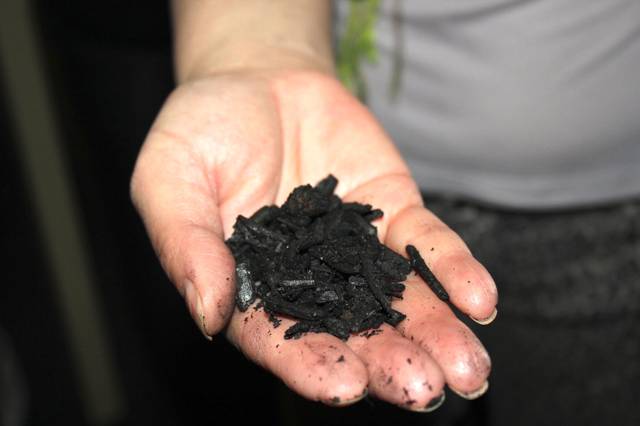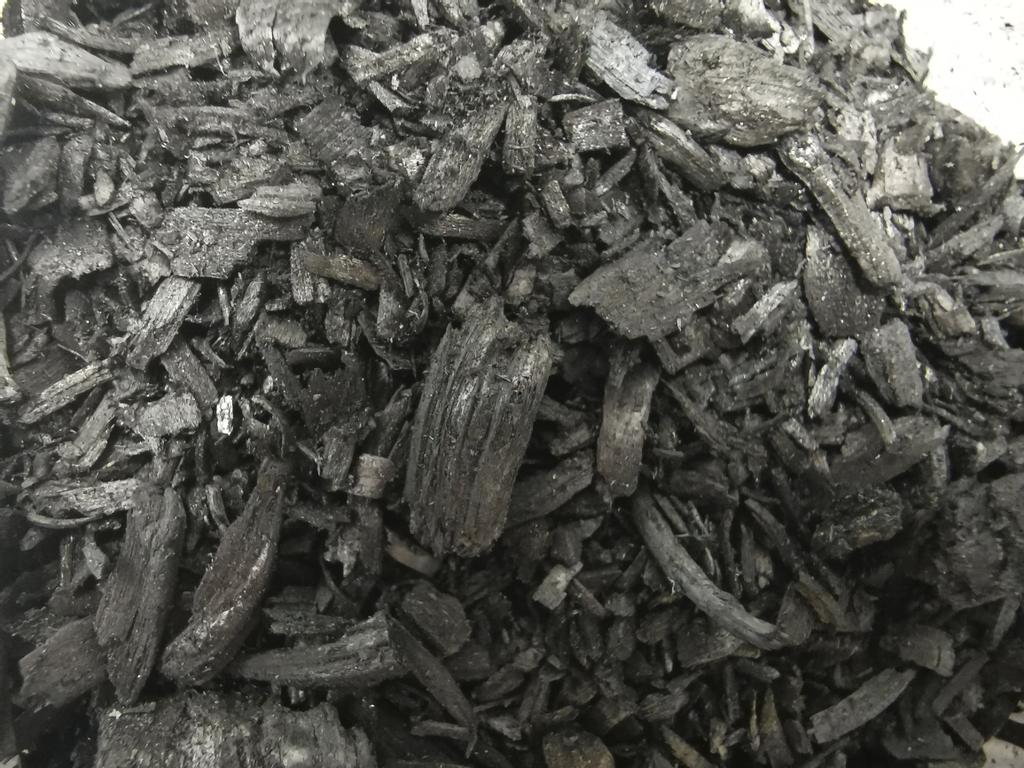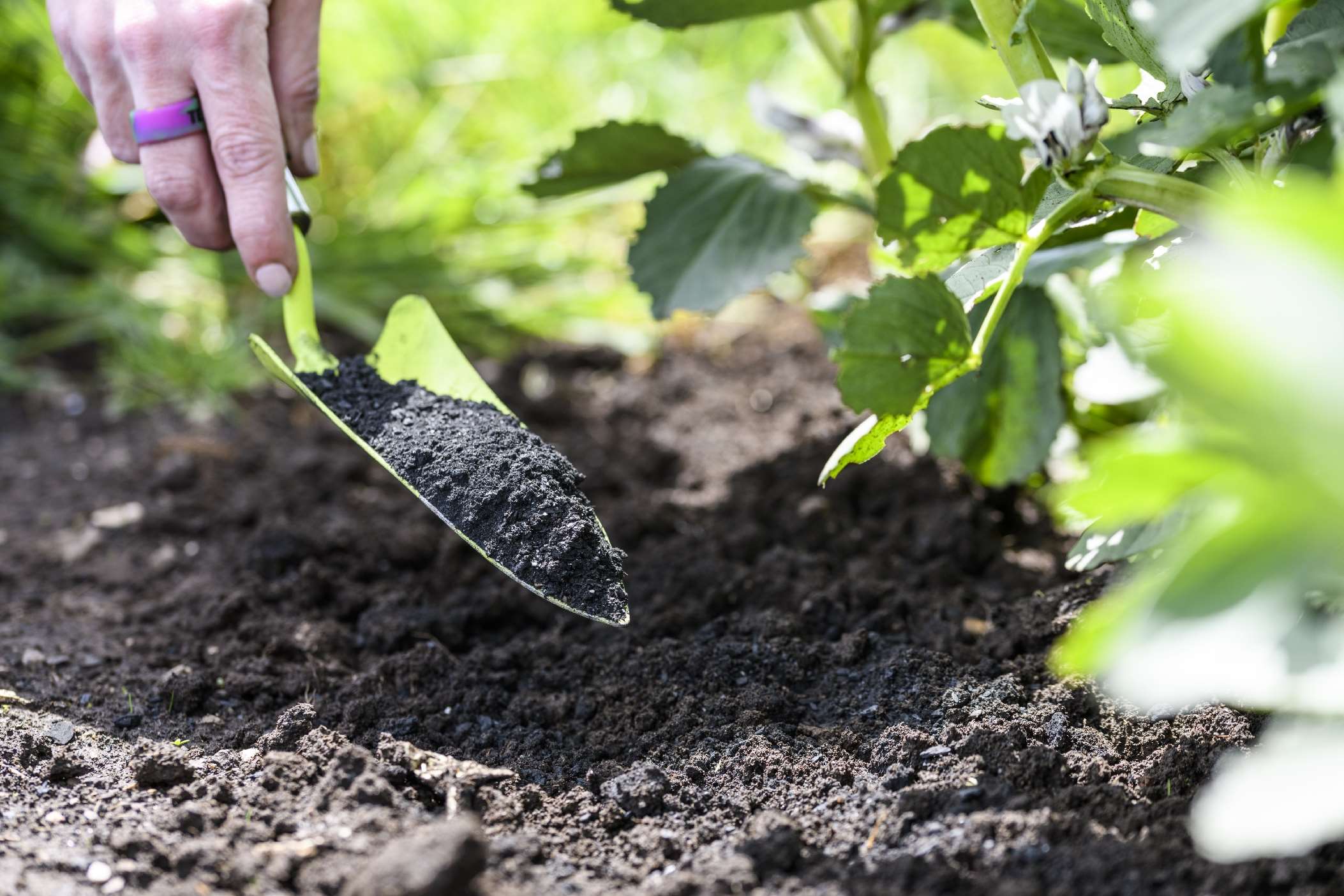When cultivating an organic garden, soil management is a critical component.
In the soil, nutrients are transported to plant roots, organic debris is recycled, and water may move freely throughout the landscape.
Biochar is a resource that can be used to improve the soil’s structure and water retention capacity by adding nutrients.
In the organic gardening world, biochar has seen a recent uptick in popularity after being used for generations.
We’ll go through how to produce your own biochar to use in your garden as a fertilizer in this article.
One of the most significant recent developments in sustainable food production, on both a domestic and commercial scale, is the utilization of biochar.
More and more people realize the importance of finding ways to reduce greenhouse gas emissions, which are contributing factors to global warming.
As a potential solution to both of these challenges, as well as the growing problem of global waste, biochar has been widely discussed.
You may do your part to help the environment by making your own biochar from organic waste in your own home.
What is Biochar?

Before looking at how to make biochar, we should understand what it is and why it’s utilized.
Biochar combines ‘biomass’ and ‘charcoal’
While the procedures involved in creating and using it have been utilized for millennia, such as by Native Amazonians, the name itself originates in the 1990s and has only just entered the general language.
Biochar is charcoal made by heating biological ‘waste’ materials without oxygen. This leaves porous, carbon-rich charcoal that retains nutrients well.
Adding fertile organic material to charcoal creates a productive growing environment.
What’s the Point of Making Biochar?
Biochar improves soil fertility and moisture retention in gardens. It helps prevent global warming by sequestering carbon.
In recent years, scientists have recognized biochar as a promising option for mitigating climate change caused by greenhouse gas emissions and reducing waste and increasing organic food production – notably in places with poor soil fertility.
Biochar can sequester more carbon than composting or garden wood.
Composting sequesters 10-20% of a material’s carbon, while biochar sequesters 50%.
Biochar beds or fields generate long-term carbon sinks, which could reduce carbon dioxide emissions.
How Biochar Can Improve Fertility in the Soil?
Adding charcoal to your garden may have you wondering how exactly it might boost its fertility.
Oxygen-free heating creates carbon-rich charcoal that has a unique structure. There are many little cracks and fissures in charcoal because it is a hard material that is packed with hollow spaces. This gives it an airy, porous structure.
Water and nutrients can be easily absorbed and retained because of the sponge-like structure that is created.
A further benefit of biochar is its ability to improve soil fertility by decreasing soil acidity, increasing the amount of potassium available to plants, and creating an environment that encourages the growth and productivity of beneficial soil microbes.
Biochar may also offer some protection against certain foliar and soil-borne illnesses, according to some research.
Earthworms and other soil biota disperse charcoal trash once it is buried in the soil.
Biochar: A Brief History
Terra preta (Amazonian black dirt) was a technique used by pre-Colombian Amazonian tribes to boost the output of their crops.
Biochar was first used as a soil amendment in this experiment.
Large clay pits were dug by early American civilizations and filled with agricultural trash and food scraps. Like the pit method, they would next set all of this waste on fire and bury it with earth.
Many people have lost track of these ancient civilizations’ riches. Recent years have seen an increasing interest in using biochar in food production to trap carbon and take advantage of the fertile land that can be developed as a result of these ancient methods.
How to Make Charcoal?
It is possible to obtain the charcoal needed to generate biochar from a variety of sources.
Here are the easiest methods for home growers:
1. In A Pit

Biochar can be made in the ground, which is the quickest and most efficient method.
This method was utilized by indigenous peoples in the Americas to cultivate more fertile land.
Dig a pit and fill it with wood after harvesting summer crops from a growing area. To prevent oxygen from reaching the fire, simply light it and then cover it with the earth. Once the smouldering has died down, you’ll notice that charcoal has formed beneath the soil.
Even if any oxygen has gotten to the material, the majority of it has already been transformed into charcoal.

2. With a Charcoal Oven Made of Clay
Another option to get charcoal without having to dig up your garden is to make a charcoal ‘oven’ using simple gardening tools and materials.
- A tipi-like wood stack should be constructed first, with a hole cut into the top for ventilation. It’s possible that the clay you’re using is from your own backyard.
- Next, drill a few holes at the bottom to act as a temporary air vent.
- Allow the fire to spread through the structure by starting it at the top.
- Block all the holes at the base if you see flames coming out of them.
- Leave for a night.
- Open the oven the next day and find what’s inside by making a door and breaking it open. There will be some wood and ash left over from the burning process, but there should be plenty of charcoal left over as well. This mud/clay construction can then be re-used to create more if desired.
3. Using a DYI Burner
Charcoal can, of course, be made in more modern ways as well.
DIY charcoal burners, for example, have been created by many gardeners and producers with great success. Reclaimed metal drums are commonly used in the construction of charcoal burners.
As a result, smallholders, sustainable farmers, and gardeners are often recycling various types of trash to aid in the manufacture of biochar and establishing systems for sustainable charcoal production that minimizes all forms of pollution and waste.
Even the gases generated during the burning process can be used to generate energy or heat in more advanced DIY burners.
For larger quantities of biochar, you might want to choose one of these more advanced DIY systems for manufacturing charcoal.
How to Make Biochar from Charcoal?
In order to turn charcoal into biochar, a fertile solution must be injected into it.
Using the pit approach, watering the area with a nutrient-rich compost tea, which will be absorbed by the porous charcoal, may be all that is required after the area stops smouldering.
Charcoal is commonly steeped in a liquid solution in the various ways of charcoal manufacture.
Compost or other organic materials can be placed in a bucket of water and left for a few weeks to decompose.
It will turn into a foul-smelling concoction.
Make your own charcoal and soak the pieces in this mixture before adding them to your garden beds.
Comfrey, seaweed, and other plant materials from your garden can also be used to make a liquid feed.
The liquid waste from a wormery can also be used as an organic soil amendment if you utilize vermiculture to decompose food wastes.
Creating compost tea or another liquid feed for the charcoal you’ve made is simple.
How to Get Biochar?
As a gardener who believes in the benefits of biochar but is unable to create it at home, you can buy it online.
The best online option is this 7.5-gallon bag of Wakefield Biochar Soil Conditioner, although there are a few additional biochar possibilities you can find online.
Final Words
Regardless of whether you buy or produce your own biochar, it is a valuable resource for organic gardeners.
Your garden will become more fertile and easier to grow in less-than-ideal conditions if you use it. You will also be doing your part to reduce greenhouse gas emissions and climate change by utilizing it.

